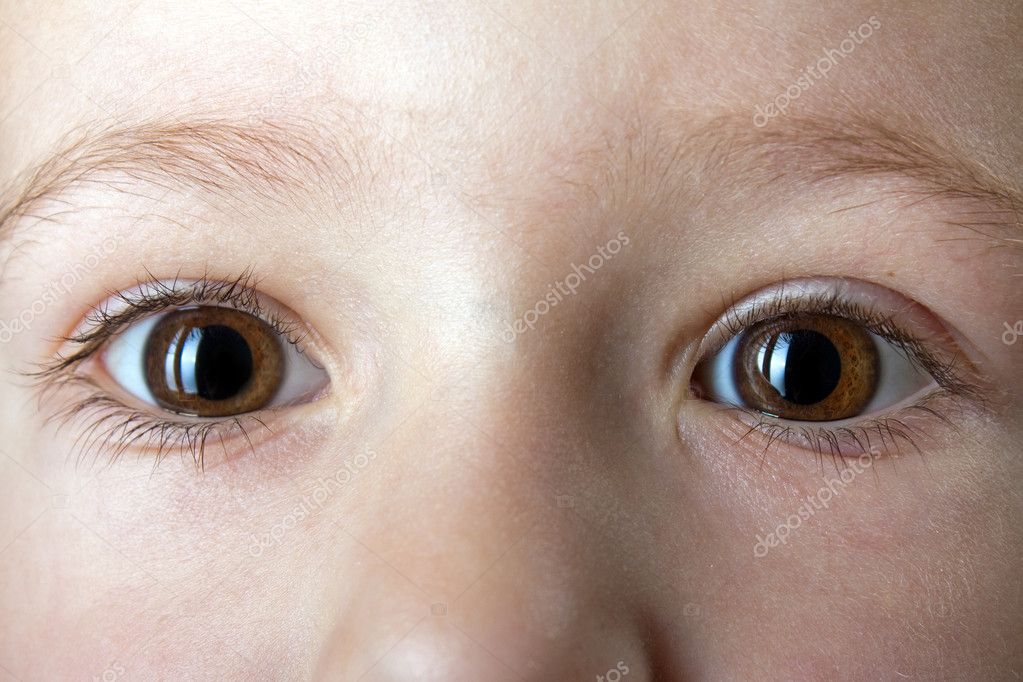Researchers uncovered five genetic variants that enhance the likelihood of becoming nearsighted as children grow older. These findings were published in the open-access journal PLOS Genetics by a team lead by Jeremy Guggenheim of Cardiff University in the United Kingdom. Nearsightedness is linked to a variety of eye problems, making it a primary cause of permanent visual impairment in the elderly. People frequently acquire nearsighted as children, and the disease appears to be caused by a combination of genetics, little outdoor time, and many years of education.
More than 450 genetic variations have been linked to an elevated risk of nearsightedness in studies, although few have been proved to raise risk particularly in those with the related lifestyle variables. Researchers examined genetic and health data from over 340,000 European ancestors in the new study. In conjunction with intense schooling, they conducted a genome-wide investigation to find genetic variations that make people more prone to being nearsighted. The study discovered five genetic variations that raised an individual’s likelihood of becoming nearsighted as they spent more time in school – notably for persons with a degree education.
Three of these variations were previously identified, while the other two were discovered in investigations of East Asian cohorts, where around 80% of children develop nearsightedness. In the West, around 30% of children acquire nearsightedness. These findings, according to the researchers, reveal fresh insights into the molecular mechanisms that produce nearsightedness, but further study is needed to understand how those pathways combine with lifestyle variables to generate the illness.
Guggenheim adds, “As well as requiring the need for glasses or contact lenses, myopia is a leading cause of uncorrectable visual impairment. Building on our previous research linking education and myopia, the new study identifies 5 genes associated with myopia development whose effects are amplified by additional years spent in education.”





